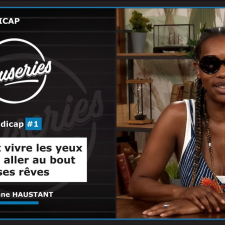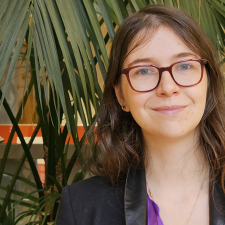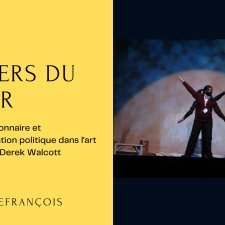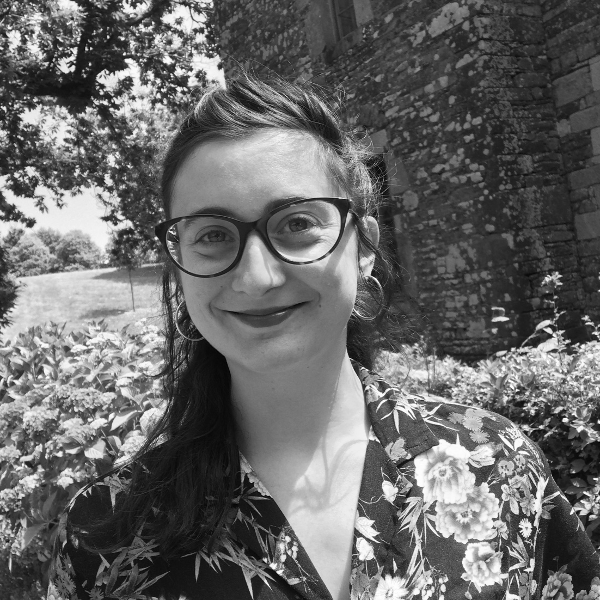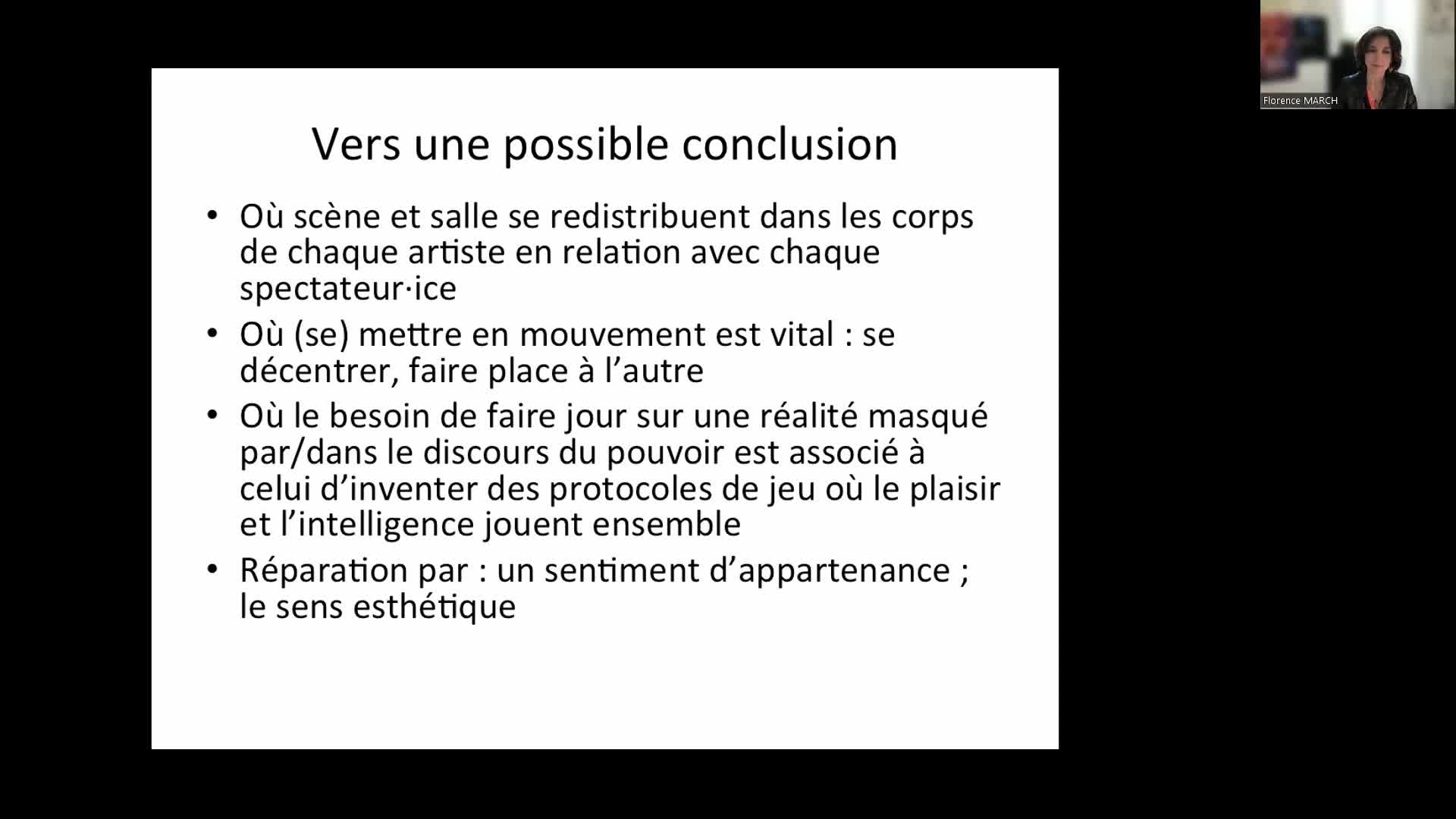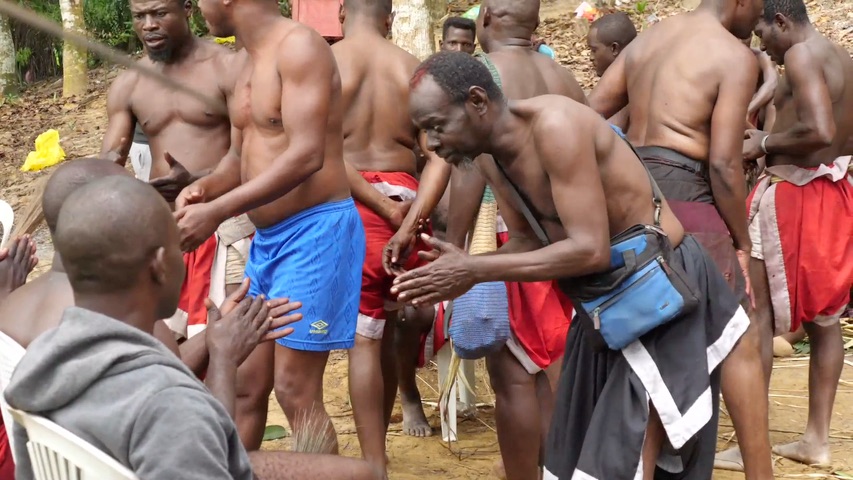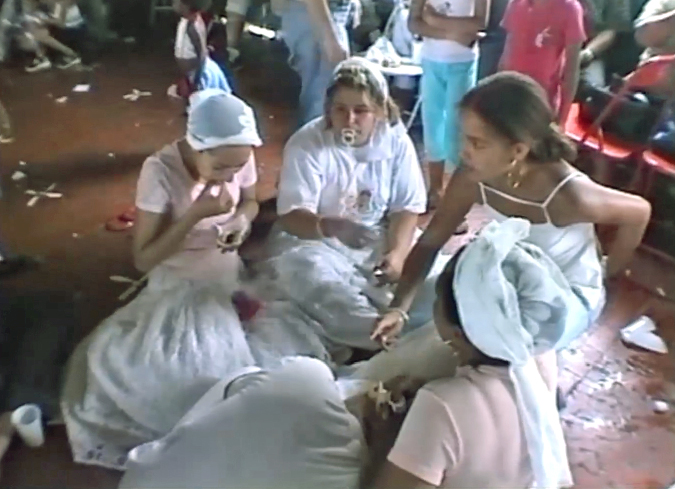Notice
Joint Improvisation Meetings 2015
- document 1 document 2 document 3
- niveau 1 niveau 2 niveau 3
Descriptif
We understand joint improvisation as an artistic form involving two or more performers engaging in multiple real-time interactions: with each other, with the audience and with the emerging content. Improvisers freely explore, within some boundaries, a large space of possibilities for new joint discoveries.
While joint improvisation has long standing history in dance, music and theatre, its scholarship as a unified phenomenon, in particular from a scientific perspective, is still in its infancy. Moreover, the perspective of joint improvisation is useful in studying a range of human phenomena beyond the boundaries of the artistic arena, including conversation, scientific co-discovery and the dynamics of groups operating in emergency situations.
The “Science of Joint Improvisation” meeting aims to bring together researchers from a number of different fields to establish a rigorous study of joint improvisation. First, the conference will bring together researchers that currently apply a scientific approach to study joint improvisation, using different paradigms – verbal report analysis, kinematic measurements, brain imaging and mathematical modeling. Second, the conference is open to researchers from different subfields of cognitive and behavioral sciences, social sciences and philosophy that study topics highly related to group improvisation, such as group creativity, aesthetic perception, linguistics, kinesthetic empathy and the human ‘mirror system’. We also see joint improvisation as a specific case of joint action, and look forward to contributions of experts from this growing field. Contributions from practitioners of improvisation will also be welcome.
The aim of this meeting is to foster scientific investigation of joint improvisation as a unique phenomenon, and as a rich novel ground for an ecological study of a number of central questions regarding human nature. The workshop is supported by the DIM cerveau & pensée (Ile de France).
Thème
Documentation
Liens
Dans la même collection
-
-
“Beneficial JI” - Short talk 2.3: Rachel-Shlmoit Brezis - Testing the limits – and potential of joi…
Shlmoit-BrezisRachelResearch on joint improvisation has shown that expert improvisers, as well as neurotypical individuals, canjointly create novel complex motion, synchronized to less than 180ms.
-
Brain to Brain approaches to joint actions
KeysersChristianJoint actions require an ability to understand and predict the actions of others far enough into the future to have time to plan and execute matching motor programs. Here I will review experiments in
-
From me and you to we: how our brain integrates our actions and emotions when we interact
GazzolaValeriaIt is now well known that areas in the brain that are active when we act or feel become active again when weobserve other people act and express their emotions – as if we would internally relivewhat
-
Deconstructing “joint improvisation”
BrownStevenWhat is “joint” and what is “improvisational” about joint improvisation? The “joint” aspect can be contrastedwith solo improvisation, such as that of a jazz pianist. Even when jazz pianists improvise
-
“Quantifying JI” Short talk 1.2: Tommi Himberg - Mirroring improvised hand movements in a dyad
HirataHelena SumikoWe studied coordination and movement kinematics in a mirror game. 32 participants (18 f, 14 m; mean age 25.2 years, range 19–37) performed circledrawing and freely improvised hand movement mirroring
-
“Beneficial JI” - Short talk 2.1: Neta Spiro - Joint improvisation in music therapy: characterising…
SpiroNetaSome types of music therapy, such as Nordoff Robbins, involve improvisation by the client and therapist andthe relationship between the participants’ music making is prioritised. Some children with a
-
Improvising in Sign Language and Gestures
CitronAtiThe Sign Language Theatre Laboratory is a practicebasedartistic research group that began operating in2014 as part of the Grammar of the Body (GRAMBY) Interdisciplinary Research Project led by
-
Joint Improvisation in Music and Dance: Some Preliminary Phenomenological Considerationson Improvis…
Magrin-ChagnolleauIvan"I have been a practitioner of soloandjointimprovisationin music and dance for a while. And I have alwayswondered what the main differences were between the two. What I am particularly interested in
-
-
Improvising Interaction
HealeyPatrickEven the most tightly scripted solo performances involve improvisation; the detailed execution of each note or word cannot be completely determined in advance. In joint performances the challenge of
-
Operationalizing Social Neuroscience through HumanHuman and HumanMachine Interactions
DumasGuillaumeHow are neural, behavioral and social scales coordinated in real time so as to make possible the emergenceof social cognition? Answering this question requires to study the dynamics of coordination in
Sur le même thème
-
Danse et handicap #1 - Danser et vivre les yeux fermés : aller au bout de ses rêves
HaustantFabienneDanse et handicap #1 - Danser et vivre les yeux fermés : aller au bout de ses rêves
-
Une minute avec Amélie Aussel
AusselAmélieAmélie Aussel est chercheuse au sein de l’équipe-projet Mnemosyne du centre Inria de l’université de Bordeaux.
-
L'envers du décor: rhéthorique visionnaire et instrumentalisation politique dans l'art dramatique d…
LefrançoisFrédéricL'envers du décor: rhéthorique visionnaire et instrumentalisation politique dans l'art dramatique de Derek Walcott
-
Faire exister les nouvelles attentions : atelier de Julie Perrin et Pascale Gille
PerrinJulieGillePascalePar un atelier et une discussion, Julie Perrin et Pascale Gille soulignent comment les danseurs et danseuses continuent de faire bouger les lignes du "partage du sensible", en jouant de la frontière
-
Faire corps avec le document : les chorégraphes contemporains face aux crises et aux conflits
Cette communication se centre autour de pièces chorégraphiques qui abordent des situations de crises politiques, économiques, humaines, à travers des matériaux documentaires. Il s’agit de dresser un
-
Les formes de réparation dans les arts de la scène à l’épreuve de la Covid-19 (visio)
RiedlerJulietteBurighelGiuseppeLe webinaire propose un retour sur la journée d’étude et de pratiques artistiques " Les formes de réparation dans les arts de la scène à l’épreuve de la Covid-19 " (qui s’est déroulé le 23 mars 2022 –
-
Topological insights in neuroscience
Hess BellwaldKathrynOver the past decade, and particularly over the past five years, research at the interface of topology and neuroscience has grown remarkably fast. Topology has, for example, been successfully applied
-
Consommation ou sobriété : comment notre cerveau nous permet de choisir ?
GranonSylvieAu cours de cet exposé nous verrons comment les connaissances actuelles sur le fonctionnement cérébral et la prise de décision permettent d’expliquer comment se font les choix, leur diversité et ce
-
Après la projection - Discussion autour de « Faraway My Shadow Wandered » de Liao Jiekai et Sudhee …
CheurfaCéliaJiekaiLiaoLiaoSudheeDiscussion avec les réalisateurs Liao Jiekai et Sudhee Liao, en dialogue avec Jean-Michel Butel, ethnologue, maître de conférences à l'Inalco, spécialiste des évolutions sociales et des structures
-
-
Cérémonies et rituels de l’umbanda : la fête des enfants Marília, État de São Paulo Brésil, les 13 …
JacquemotArmelleTerreiro du Vieux-noir Pai Fabiano, Marília, État de São Paulo (Brésil), les 13 et 14 octobre 2001
-
le langage totalitaire
Une théorie qui se prétend totalement explicative est une théorie totalitaire. Le langage est alors organisé autour d'une seule référence, qu'elle soit religieuse, laïque ou scientifique. Le chef, le














